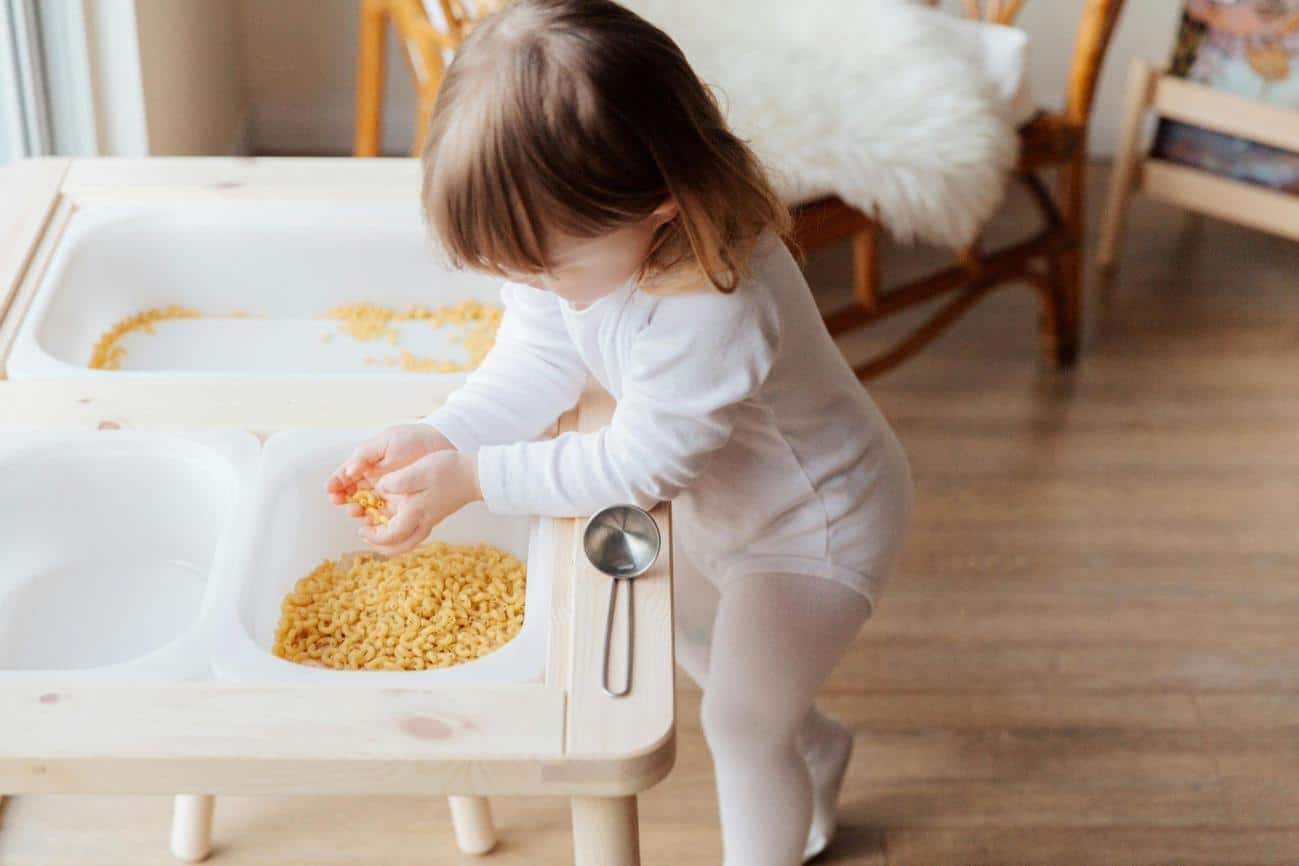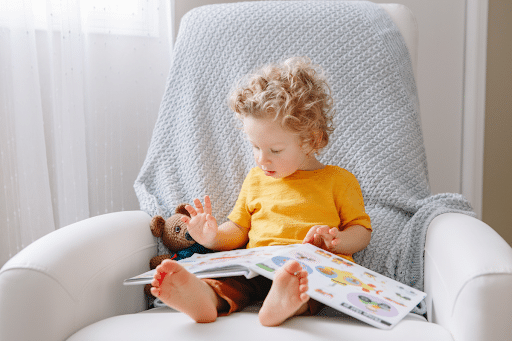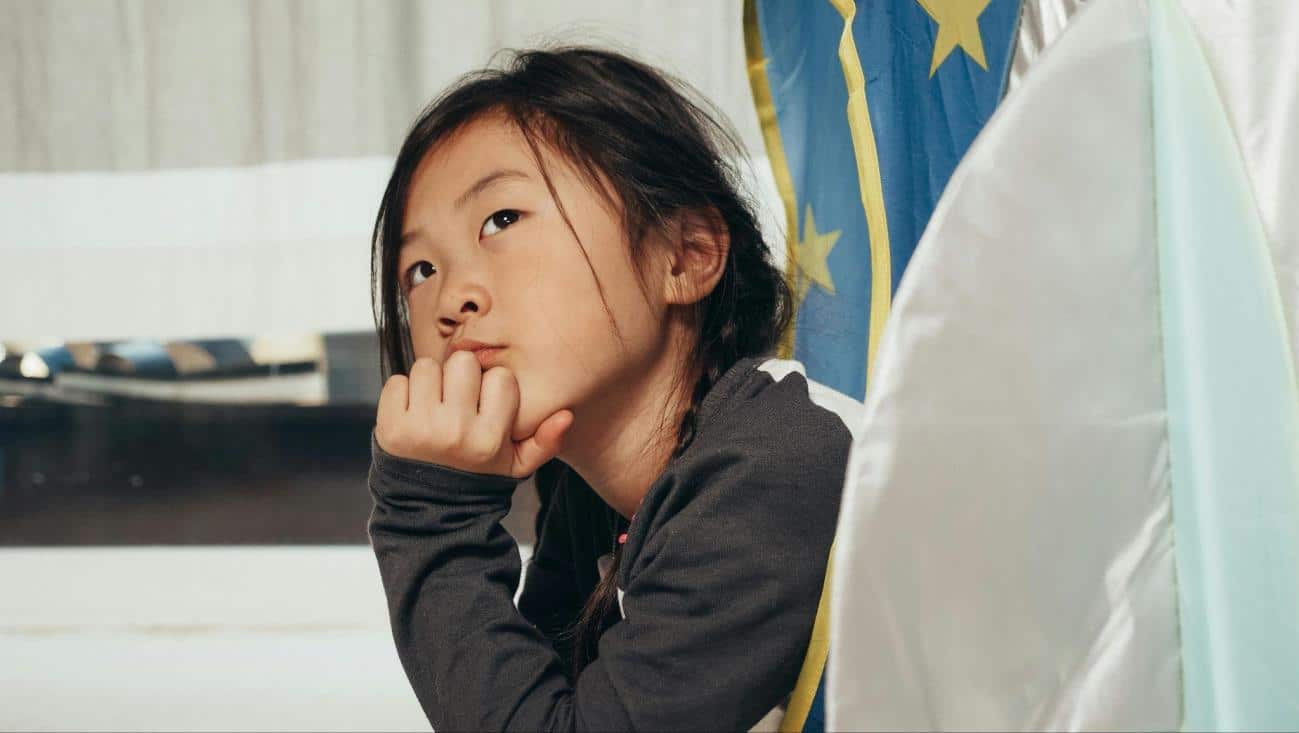
Proven Visualisation Techniques to Empower Your Child’s Success
Helping your child succeed can feel challenging at times, but it’s also a valuable opportunity to support their growth. Every child learns differently. Some learn best through hands-on activities, while others benefit from visualisation. If your child responds well to guided imagery, you’re in the right place to learn how to support their learning journey.
Table of Contents
Understanding Visualisation and Its Impact on Children
Visualisation is an incredibly powerful mental tool that serves to build a child’s confidence and success. Through this, children create stronger neural pathways, increasing their chances to succeed. You can use guided imagery for kids to reduce anxiety, increase motivation, and maximise learning, making everyday challenges easier for your child.
What Is Visualisation?
Visualisation is the process of creating mental pictures of goals you wish to achieve. This type of image training is usually used by athletes, students, and business professionals. Visualisation increases concentration, confidence and performance. For children, visualisation enhances learning, expands creativity, and promotes resilience. As a parent, you can use this method to help your child develop a strong, success-driven mindset.
The Science Behind Visualisation in Child Development
Research shows that visualisation enhances neural connections, making achievement more tangible. A study demonstrated that mental imagery for kids engages the same brain areas as real practice, enhancing performance. As parents, this translates into guided visualisation as a means of increasing your child’s confidence, problem-solving abilities, and concentration, enabling them to thrive in school, sports, and social interactions.
Benefits of Visualisation for Children
As parents, we all wish to see our children feel confident, be focused, and overcome difficulties with ease. Visualisation is an easy but effective method to assist them in building these traits. Below are some benefits of visualisation in child development:
- Enhances Performance – Encourage your child to imagine themselves achieving their goals, thereby you can reinforce their abilities and increase their success in school, sports, and arts.
- Increases Concentration – Visualisation makes the focus stronger, it keeps your child on task and alert to learning and daily activities.
- Reduces Stress and Anxiety – Mentally practicing for exams or performances, keeps your children calm and better equipped.
- Gains Confidence – When children imagine themselves succeeding, they start believing that they can do it, which results in healthy self-esteem.

Enhancing Self-Confidence and Self-Esteem
Through visualisation, children can become more self-assured and envision positive outcomes in their activities. It boosts self-confidence and self-esteem, which are necessary for their growth. As parents, encouraging daily positive visualisation helps build emotional strength and motivation. With consistent practice, children develop into confident, happy, and success-driven adults.
Improving Academic Performance
Mental rehearsal helps children understand ideas quicker and retain information longer by imagining academic tasks before actually doing them. As children mentally rehearse solving mathematical problems or memorising lessons, their confidence increases as well as their comprehension. As a parent, encouraging this practice can lead to improved school performance, making learning more effective and enjoyable for your child.
Supporting Emotional Regulation
Children can be helped in managing emotions through visualisation of relaxing scenes or stress-management techniques. Visualising being calm and in control improves emotional resilience and confidence. Asking them to envision peaceful settings or coping well under stress helps build resilience, lowers anxiety, and enhances a resilient, positive, emotionally strong attitude.
Practical Visualisation Techniques for Children
Try these simple bedtime visualisation techniques for children to help them feel more confident and focused.
- Set the scene – Have them take deep breaths and relax. Guide them to imagine walking on a beach, feeling the sand, hearing the waves.
- Visualise success – Ask them to picture handling a challenge calmly, whether it’s a test, a sports event, or dealing with peers.
- Engage their senses – Encourage them to feel, hear, and see the positive outcome.
Make this a nightly habit, and watch their resilience and self-belief grow!
Guided Imagery for Relaxation
In today’s world, children experience stress and anxiety just like adults. Guided mental imagery for kids is a quick and effective means of getting them to relax, cope with feelings, and develop inner strength. By walking your child through a soothing visualisation, you equip them with an ability to overcome obstacles with peace and mastery.
Experiment with this soothing guided mental imagery script to relax your child and help them discover their own inner peace.
Walk along a serene white beach, feeling the soft sand under your feet and listening to the rhythmic waves. A lovely white house is seen ahead, and you are invited inside. Inside, you see a heavy backpack full of your worries and cares. Gently, you place it down and instantly feel light and free of your worries. As you climb a great staircase, with each step, you feel calm and happy. At the top, there is a huge window that gazes out at the large sea. You sit in a comfortable chair, take deep breaths of the cool sea air, and feel secure, strong, and peaceful. This is your safe and peaceful place.
Mental Rehearsal for Academic Success
You can assist your child in becoming more confident and performing better with mental rehearsal. Ask them to close their eyes and envision success before a test or a presentation. Have them imagine writing down answers effortlessly, speaking confidently, and remaining calm. Using their senses and repeating the exercise daily minimises anxiety, reinforces concentration, and maximises academic achievements.
Visualisation for Athletic Performance
Support your child to improve sports performance with mental rehearsal. At the eve of a game or practice, instruct them to shut their eyes and imagine themselves playing optimally. Ask them to envision every gesture, feel the power of their healthy body, and remain alert. Regular rehearsal like this increases confidence, enhances capability, and helps them excel while under pressure.
Integrating Visualisation into Daily Routines
Try making visualisation a habitual part of your child’s day. In the morning, have them visualise themselves feeling confident and having a wonderful day. Prior to a test or game, have them visualise success, imagining themselves doing well. At night, walk them through a soothing scene to help them unwind. Through practice, visualisation enhances concentration, develops confidence, and enables children to manage challenges with ease. The more it’s used, the more effective and natural it is.
Bedtime Visualisation Practices
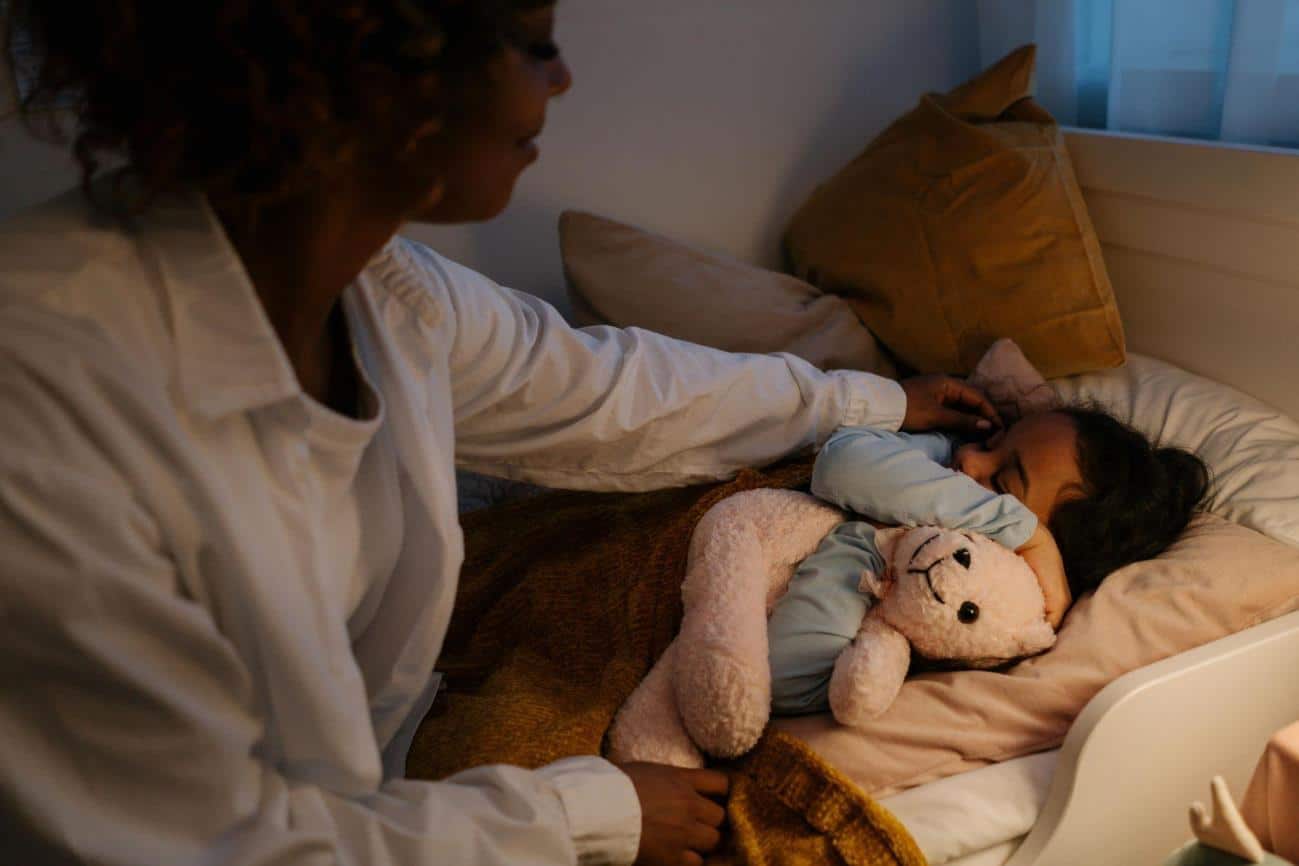
Before bed, take your child through a gentle visualisation exercise to calm them down. Have them close their eyes and imagine themselves floating in a warm hot air balloon, floating gently above a lovely landscape. They are light, secure, and calm as the gentle breeze lifts them up. Have them let go of concerns like small balloons, which they watch fly away into the sky. As they lull themselves into sleep, they visualise a successful and bright tomorrow, relaxed and assured. Doing so every evening de-stresses, enhances sleep, and sustains a positive attitude, making them wake up fresh and eager to face the day.
Using Visualisation During Transitions
Change can be scary, but imagination can make fear exciting. Before a major change, get your child to close their eyes and imagine themselves as an adventurer embarking on a grand adventure. If beginning a new school, have them imagine walking into a warm, light-filled space, greeting new friends boldly. If relocating, invite them to imagine their new home as a magical castle or a snug treehouse, full of exciting possibilities. By making the unknown an adventure story, visualisation calms fears, boosts confidence, and invites children to accept change with curiosity and hope.
Tips for Parents to Support Visualisation Practices
You can assist your child in developing strong visualisation abilities by incorporating it into their routine as a normal part of daily life. Following are some steps to assist them:
- Develop a quiet environment in which your child is relaxed and not distracted, and they are able to better concentrate on visualisation.
- Make visualisation a part of everyday routines, like morning for establishing a good mood for the day or night before sleep to relax.
- Lead them gently through the use of storytelling methods making the visualisation an enjoyable and fun process, particularly for little children.
- Encourage them to engage all their senses by inquiring about what they hear, see, and feel in their make-believe situations.
- Acknowledge their improvement and effort, reinforcing confidence and turning visualisation into an uplifting experience.
Visualisation with your support can be a strong tool enabling your child to build confidence, concentration, and emotional strength.
Creating a Supportive Environment
Visualisation is like a mini-adventure in the imagination of your child. To make it work best, create a “magic zone” where they are safe and motivated. Maybe it’s a fairy-lit tent, a cozy rug near the window, or even a special chair that they sit in just for quiet time. Add sensory items such as soothing music, scented oils, or a weighted blanket to help them relax. Make your child feel like an owner of the process by making their space contain things that will make them feel safe and content. When their space is truly their own, visualisation is fun, interactive, and something they’ll look forward to doing each day.
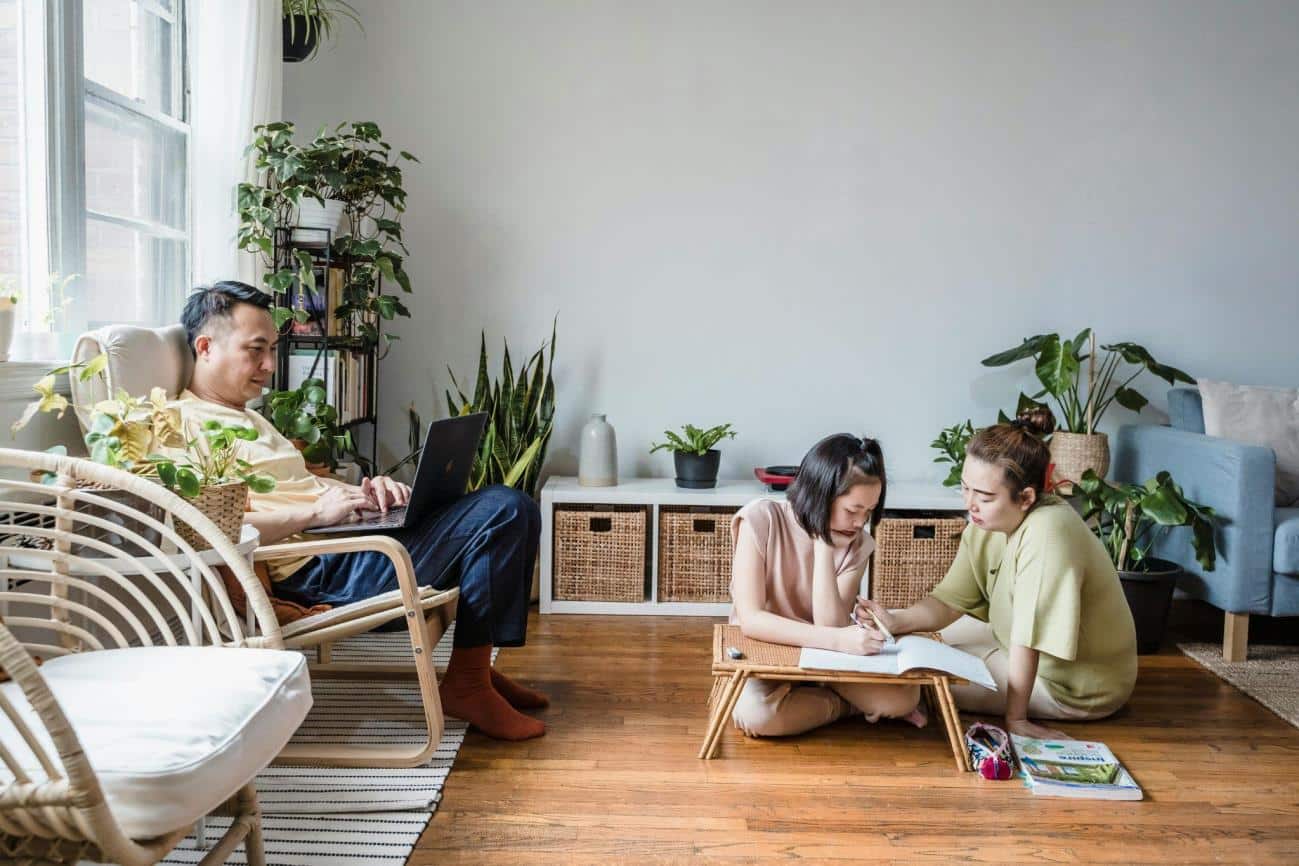
Encouraging Consistency and Patience
Teaching consistency and patience is similar to teaching children how to swim. It might be difficult initially, but the more practice, the more confident they will become. Remind them to continue, even when things are difficult, as every attempt strengthens them. Acknowledge small victories, such as being patient or attempting something new. Emphasise progress rather than perfection. Being resilient will come naturally over time, and they will remain positive and composed in the face of difficulties in life.
Addressing Common Challenges and Misconceptions
When you start applying visualisation with your child, the following are some challenges you will face and how you can help overcome them:
1. Difficulty in Focusing
Challenge: Your children may not be able to focus or visualise properly.
Solution: Keep it short and make it enjoyable. Begin with simple things such as favorite animals or destinations and go from there.
2. Demand for Quick Changes
Challenge: Your children usually want instant results.
Solution: Remind them it takes time. Reward small successes such as staying calm or feeling confident.
3. Resistance to Trying It
Challenge: Children may resist doing visualisation.
Solution: Make it a game! Let them decide what to visualise, such as being a superhero or winning a race.
4. Misunderstanding What It Does
Challenge: They might believe it’s a magic cure.
Solution: Tell them it’s a tool to assist them in gaining confidence, but they must still work at it.
5. Worrying About Being Perfect
Challenge: Certain children might fret about doing it “right.”
Solution: Let them know there isn’t a right way to do it – just enjoy and let their imagination run wild.
After a little bit of patience, visualisation will be a useful resource for your child to remain centered and deal with obstacles with ease.
Overcoming Resistance to Visualisation
If your child is resistant or doubtful about visualisation, use these tips:
- Make it Fun: Have them visualise thrilling situations, such as being a superhero or going on an adventure.
- Start Simple: Start with brief, simple exercises, such as visualising their favorite toy or location.
- Share Success Stories: Discuss others who utilise visualisation effectively, such as athletes or book characters.
- Make It a Habit: Incorporate visualisation into their daily life, for instance, before school or sports practice.
- Lead by Example: Practice it yourself and talk about it.
With these approaches, your child will feel more at ease and willing to try visualisation.
Clarifying Misconceptions About Visualisation
There are some general myths surrounding visualisation that may discourage your child from giving it a try. Let’s dispel them:
1. Visualisation is Only for Athletes
Myth: Most people believe visualisation is only for sports professionals or performers.
Fact: Visualisation can benefit anyone, from students studying for exams to children attempting to remain calm before a major event. It’s a confidence- and concentrationbuilding tool, not just for athletes.
2. Visualisation is Escapism
Myth: Visualisation is a means of escaping or avoiding reality and challenges.
Fact: Visualisation is a mental preparation for overcoming challenges, not an escape from them. It allows your child to develop resilience, concentration, and problem-solving skills.
With knowledge of these myths, your child will appreciate how effective and applicable visualisation can be in their daily life.
Conclusion
In this article, we have learned how visualisation can be an incredibly useful tool to aid your child’s success. Visualisation builds confidence, concentration, memory and perseverance, and children can overcome difficulties with ease. By rehearsing success in their minds, children can succeed at school, regulate their emotions, and even enhance their sporting skills. We also discussed some useful techniques, such as guided imagery for kids, and how to incorporate visualisation into daily life.
You can help your child, as their parents, by practicing visualisation regularly. You will see the improvement in their attitude, stress levels, and confidence to tackle challenges with a positive mind through patience and practice.
At Shichida Australia, we incorporate visualising in every fun weekly class through our image training activities. Learn more how you can help your kids succeed – book a trial class at a Shichida early learning centre today!
FAQs
At the age of 4-5, children can begin learning basic visualization methods, but modify it according to their concentration and comprehension.
Begin with 3-5 minutes and then increase gradually as your child gets used to it.
Yes, it can be an effective tool to soothe the nerves and ease the anxiety by encouraging them to concentrate on nice or serene pictures.
No, a quiet room and your supervision are all that is required. You may use stories or guided imagery to facilitate it.
Observe for indicators such as enhanced relaxation, less anxiety, or greater confidence. They can also report feeling more relaxed following sessions.

